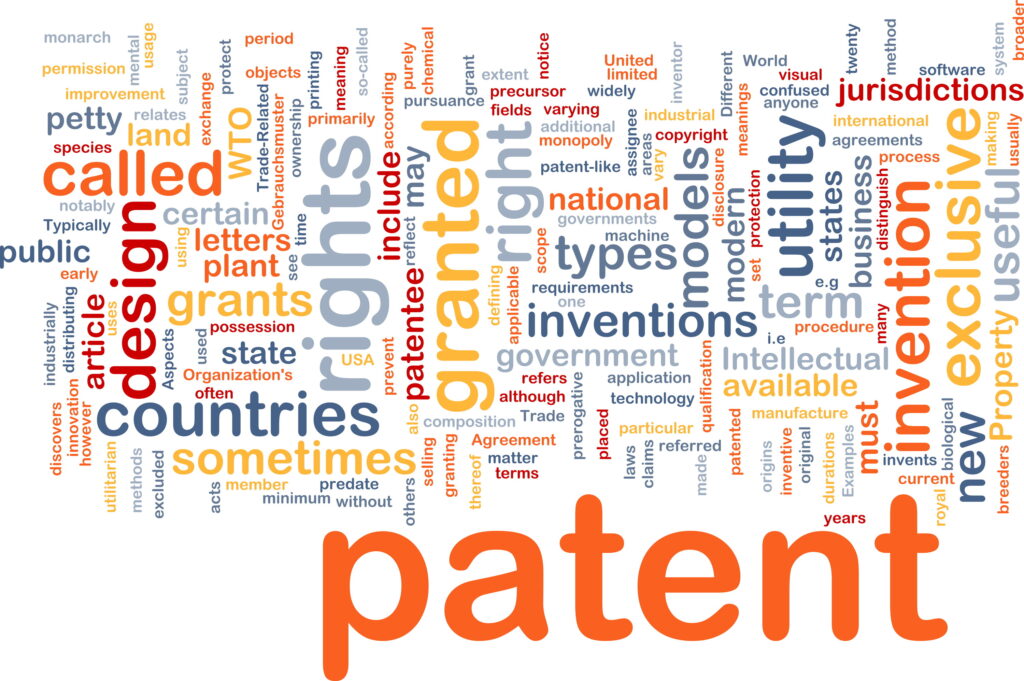Every inventor should do a patent search to determine if it is worthwhile incurring the significant costs involved in lodging a patent application. Contrary to popular opinion, there will always exist prior art that is either identical to the stated invention or similar in some way. If identical prior art is discovered, the inventor is saved the costs of filing and can redirect the savings to follow on or alternative inventions. Alternatively, if the prior art does not exactly match the invention, valuable intelligence gained from the search can inform the drafting of claims that will likely enhance the patentability of the invention.
In some cases, if the patent claims end up being too narrow, it may not be worthwhile proceeding with a patent application.
Either way, a careful patent search can reap valuable rewards for the inventor.
Patent searches are best left to the experts but inventors can usefully contribute to later discussions with their patent attorney by conducting an initial patent search themselves. Proceed by identifying keywords or phrases that describe elements of the invention and then use these words or phrases to search popular online patent databases such as the following:
For Australian patents – Auspat
For European patents – Espacenet
For US patents – USPTO
Note that the above websites provide excellent guides to educate users about accessing the various patent databases.
Sort through the patents included in the results of your text-based search to identify the most relevant ones, noting down the patent classifications in each case. A full patent classification search should then be done to expand the scope of the search to highlight additional patents of interest.
Prepared by John Jenkins, ex IP Australia
INNOVIC welcomes John Jenkins to its team.



